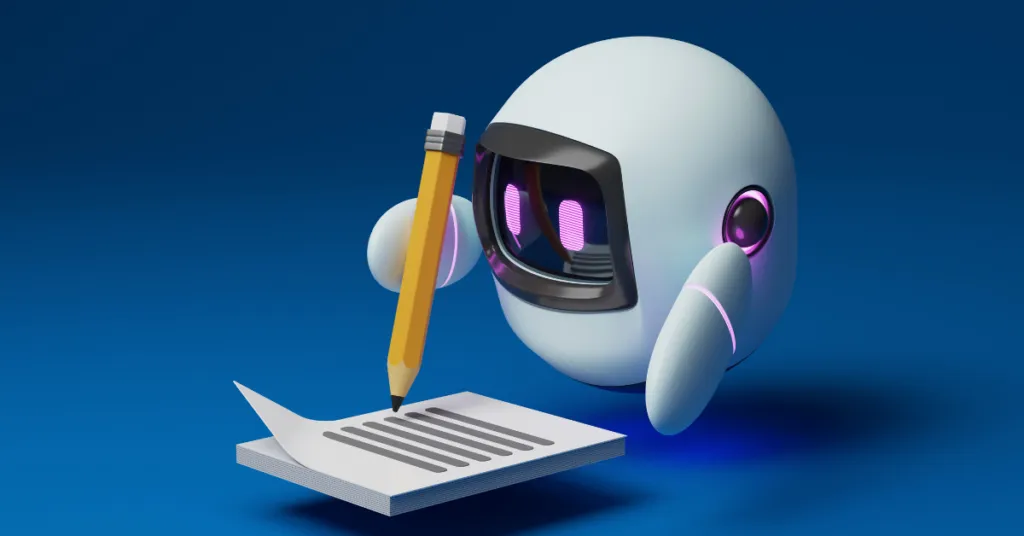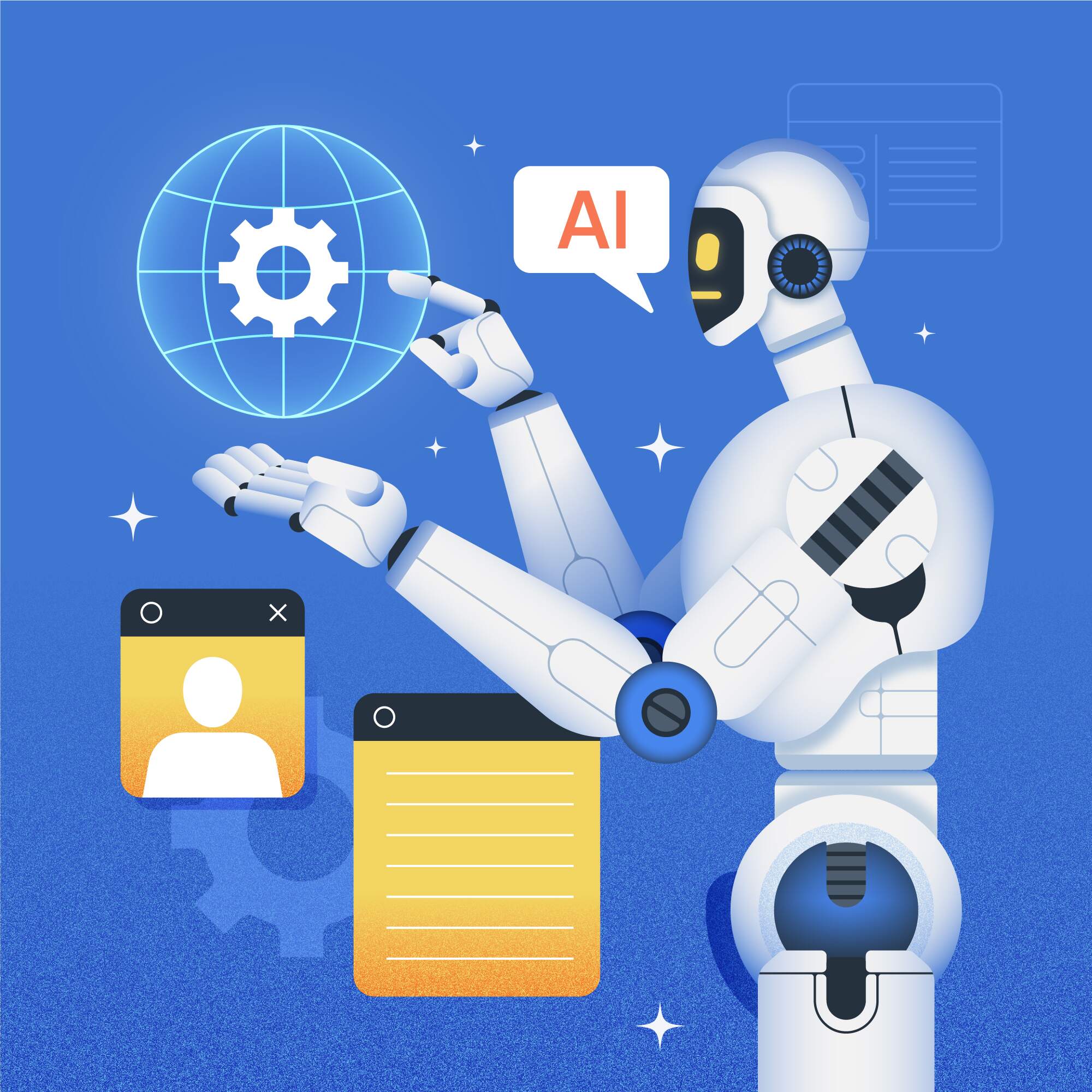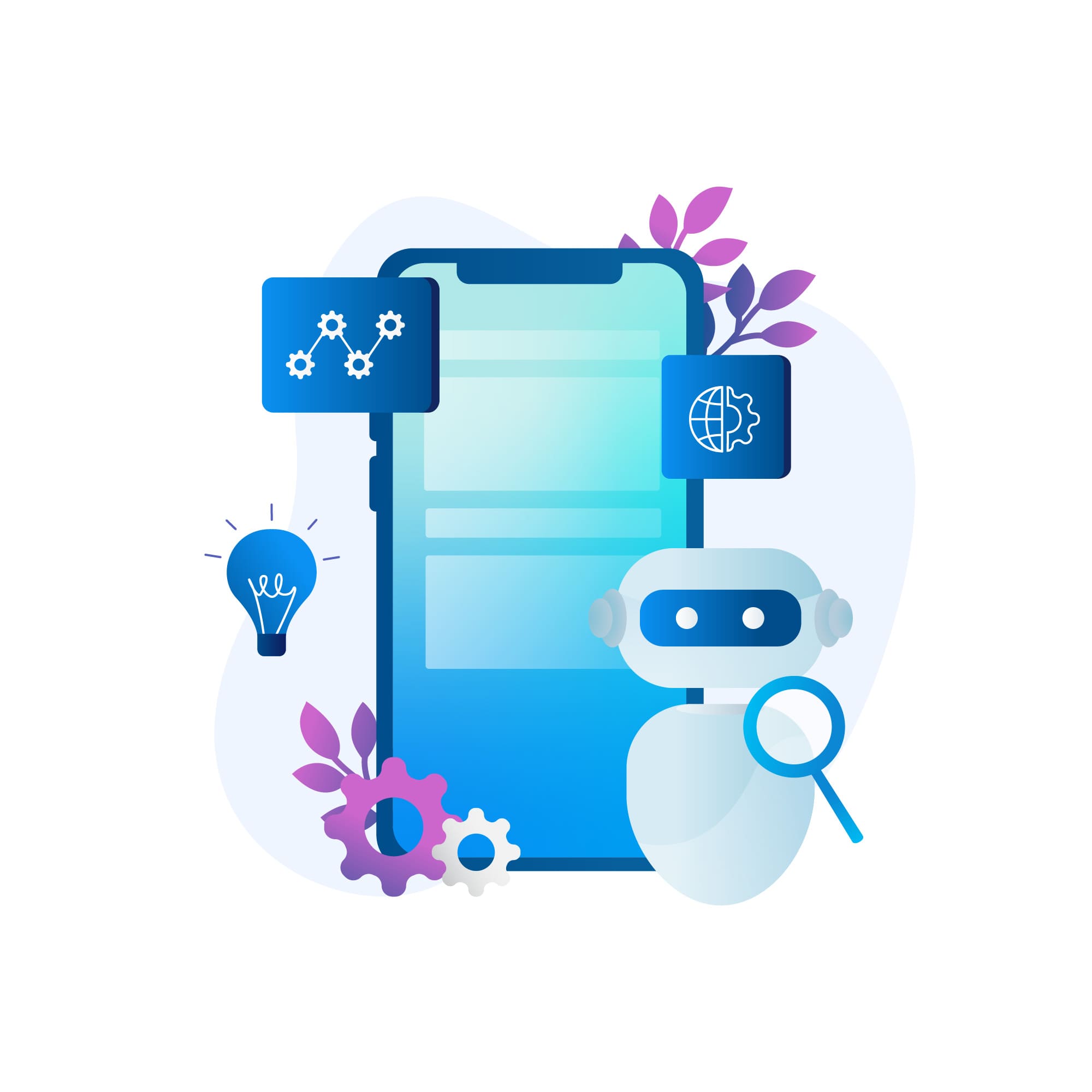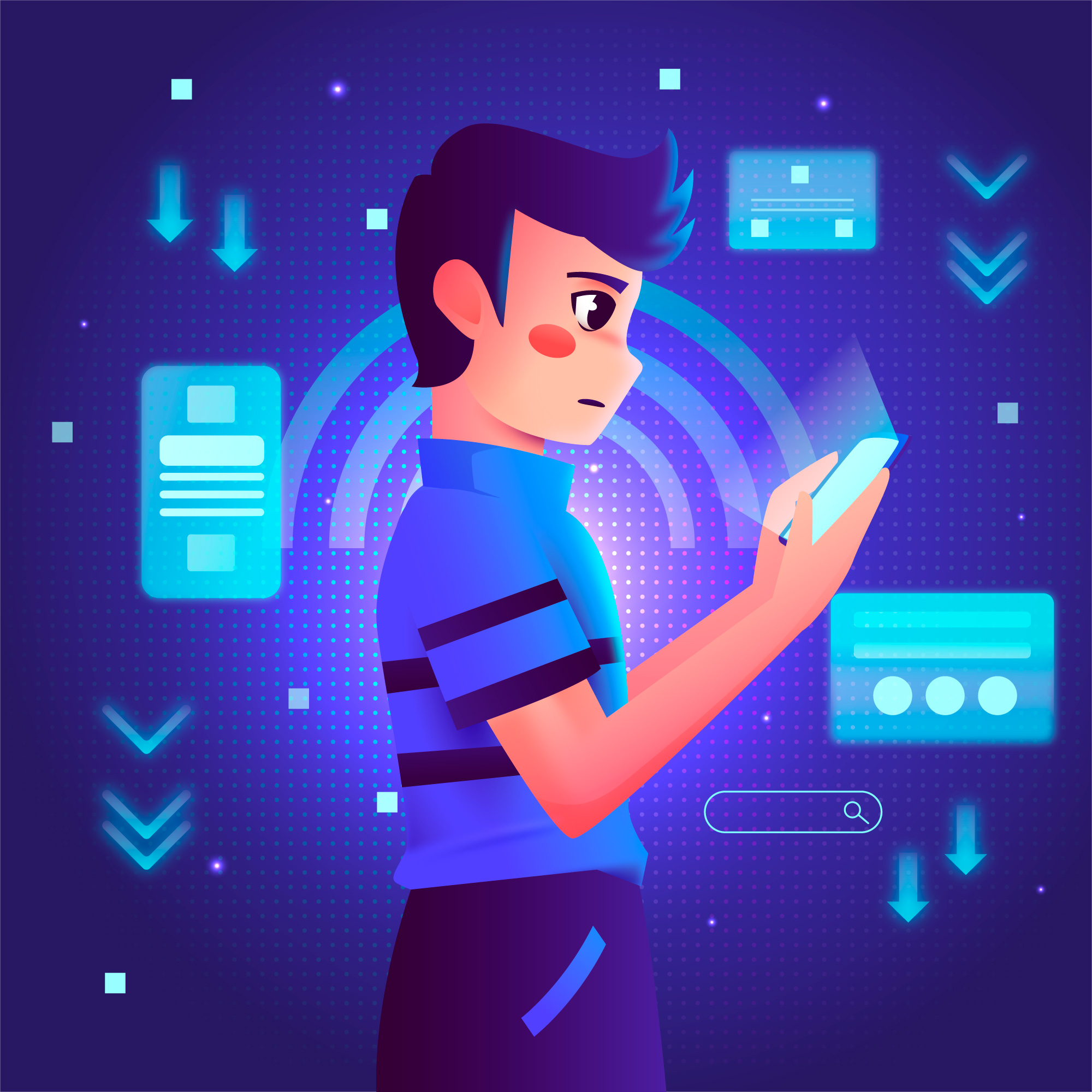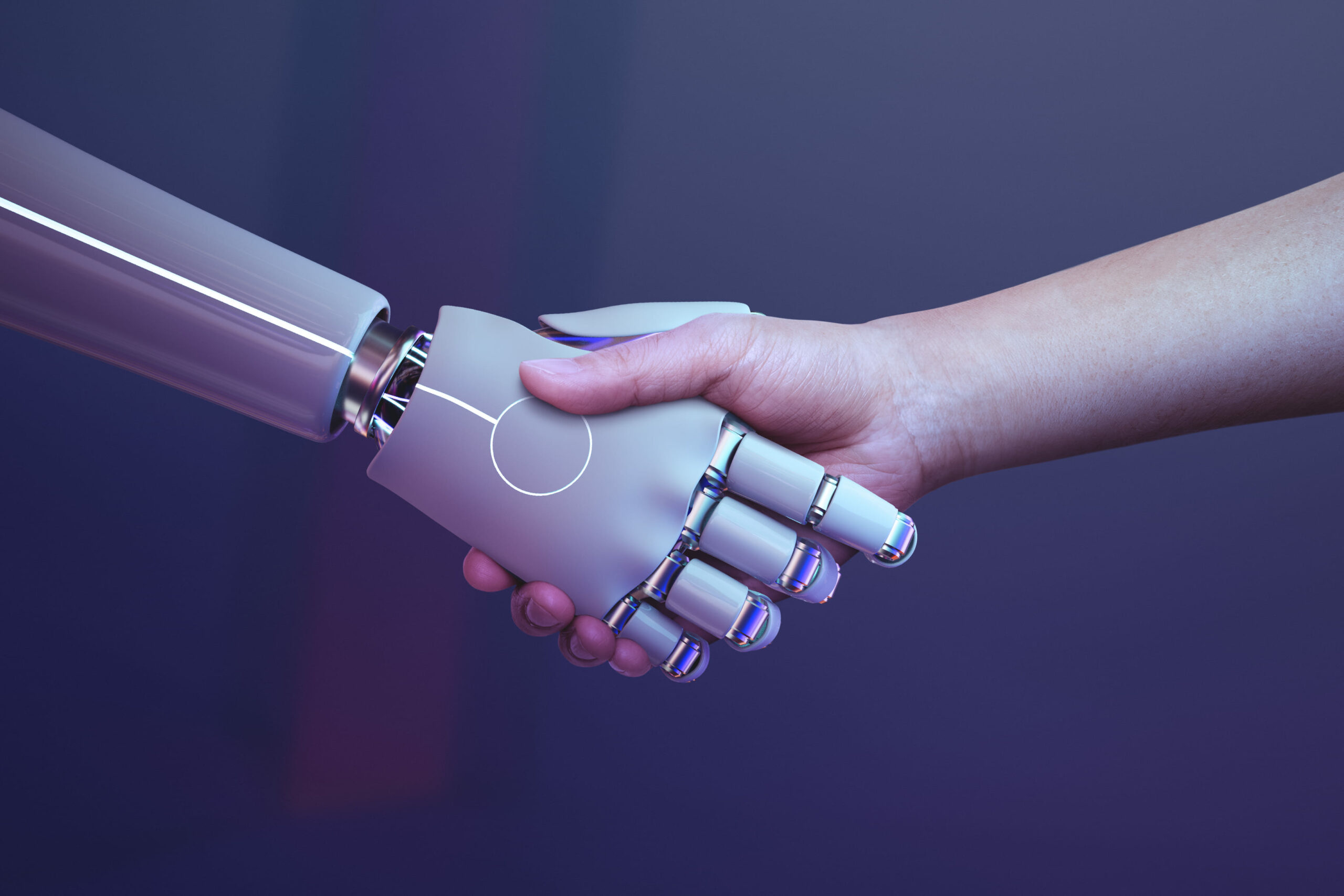The Job Market Effects of Generative AI
The amount of queries about AI’s impact on the labor market has significantly increased after the launch of ChatGPT and the well-known generative AI. Numerous businesses declared layoffs, citing the adoption of AI by their staff as the reason they “need less workforce.” It appears that no industry is exempt. It appears that no function is spared.
A new era of technical capabilities has begun with the advent of generative artificial intelligence (GenAI), which has significant effects on the labor market. Using data from recent polls, studies, and expert comments, this article explores the technological features of GenAI, its possible effects on different industries, and future trends. The paper seeks to offer a thorough grasp of how GenAI is changing the nature of work.
Generative AI: What Is It?
The AI algorithms can generate text, graphics, and computer programs that are indistinguishable from those produced by humans in a short time (seconds). These human-like generative AI systems are often referred to as generative AI systems. Such kinds of systems are grafted using deep learning which is one of the machine learning techniques served with a goal of neural networks to discover complicated patterns from big datasets. Many employment across several industries are currently only marginally affected by automation. Having said that, AI will supplement these positions rather than replace them. However, the character of employment will probably be more affected by generative AI than by job losses, as the technology would emphasize greater autonomy and complexity in the workplace.
Why Generative AI Is Important

1. Creativity in the Production of Content
The influence of generative AI has revolutionized content production in the realms of text, image, audio, and video. With the use of digital technology, content creators may now produce art, music, literature, and marketing materials with a degree of originality that was before unattainable at the size and speed imaginable. Its goal is to foster creativity by providing new ideas and format alternatives through a trial-and-error process, thus increasing the cultural and digital environment.
2. Customization at Scale
Today, machines with artificial intelligence (AI) are capable of producing suggestions and content that are adapted to the interests and needs of each individual on board different platforms, like advertising, entertainment, and education. Through this, it is aimed to improve the quality of material used, the learning objectives, the customer satisfaction and engagement rate increase, and finally, this way of educating transforms the user experience upholdings.
3. Research and development are being expedited.
Because of the quick advancements in generative AI technology, industrial researchers in fields like pharmaceuticals, material science, and environmental science may find that their time spent conducting research and development is shortened. It allows scientists to create hypotheses, forecast the characteristics of novel molecules or materials, and simulate trials, all of which reduce the time and expense associated with exploration and study.
4. Resolving Complicated Issues
Generative AI is very useful for problem-solving since it generates high-dimensional data and models problems that complex computational approaches are seldom able to address. This includes everything, from managing the supply chain and distribution channels to predicting the weather and reducing the effects of climate change.
5. Energizing Economic Development
Generative AI surely contributes significantly to economic advancement through process reorganization, the creation of new commercial ventures, and creative revenue opportunities. It acts as a catalyst. Businesses become more diverse, and adaptable, and offer superior customer service as a result.
Industry Impact

1. Banking, Insurance, Media and Entertainment, and Logistics
Before the World Economic Forum in Davos, PwC conducted a survey and found that 25% of global chief executives anticipate staff reductions, or at least 5%, following the introduction of GenAI in 2024; the most vulnerable industries are media and entertainment, banking, insurance, and logistics. But, businesses in the manufacturing, construction, and technology sectors are less likely to see a loss of jobs as a result of automation.
2. HR and Talent Acquisition
AI technologies now become the dominant factor driving the HR tech market, with AI-enhancement accounting for the biggest portion of HR technology investments. These tools facilitate job description writing, candidate correspondence, and offer letter drafting thus modifying the capabilities of HR personnel.
3. High-Paying Professions
Higher-paid people may be more vulnerable to GenAI-related job displacement, according to research. Because of the significant cost reductions linked to GenAI automation, certain professions and businesses are especially vulnerable, including postsecondary education, mathematicians, and survey researchers; they include the legal, financial, and professional services sectors.
Potential Implications

1. Job Creation and Displacement
It is anticipated that while GenAI will be occupying positions, it will also be absorbing repetitive and routine tasks. The advent of gen AI has brought new kinds of jobs such as gen AI algorithm trainers, gen AI investors, gen AI ethicists, and gen AI data curators. In addition to displacing jobs, technology is also redefining the qualifications that are in demand from employers as the skill set required from the workforce to support its operations. Consequently, workers will be able to pay more attention to tasks like innovation, investigation, and cognitive skill manifold.
2. Productivity as well as Economic Development
Goldman Sachs estimates that AI-driven automation could account for up to 25% of work completed in the US and the eurozone, increasing productivity and resulting in a 7% annual growth in GDP in around ten years. As a result, there will likely be fewer jobs for the foreseeable future, but there may be significant long-term economic gains as well.
3. Changes in the Workforce and Reskilling
The implementation of GenAI in the labor market is anticipated to result in significant alterations to the occupational hierarchy, necessitating the retraining and upskilling of workers. It is anticipated that businesses will realign their AI tools to address the skills gap and raise employee expectations for career advancement.
4. Labor Demand and Inequality
The current threat that GenAI poses to higher-paid people may lead to a decrease in inequality since the demand for these workers’ abilities may change their positions and raise earnings. This will also contribute to the trend of lower wages for those with less skill.
Future Trends

1. Including in Common Use Cases
It is anticipated that as software suppliers like Salesforce, Oracle, SAP, Microsoft, and Google integrate AI solutions directly into their platforms, generative AI will become more and more integrated into common applications. This will probably grow as a result of API-driven gamers and AI integrations.
2. Change in Purpose of Work
GenAI will impact workers at all income and skill levels as it automates physical, basic, and higher-level cognitive tasks. This might result in the development of new positions to handle the growth of creative work and motivate employees to acquire new abilities.
3. Regional Differences
There is little doubt that the contribution of GenAI to unemployment will vary according to the industry and location of workers. The displacement impact may be less pronounced in regions with more robust labor laws, which allows for more orderly job-task transitions as well as increased productivity and higher-quality products.
Conclusion
Generative AI influences the job market in different ways. While the problem of job loss seems to be valid, its extent is larger than automation itself and encourages new technology and speeding up research. Among others, industries like media and banking will go through massive restructuring whereas certain professions in high-wage sectors will become more vulnerable. On the other side, an increasing number of jobs and a possibility of job productivity enhancement are observed leading to long-term economic growth. Adaptation process should include reskilling of people, which will lead to the changing of occupational landscape, and help to eliminate inequalities. Furthermore, the application of this technological advance in the realm of business and the diversity of impact in different communities would be the signals of the dynamic future of the job market which combines conflicts and opportunities.
If you are looking for high quality web or app development services feel free to drop us a message

